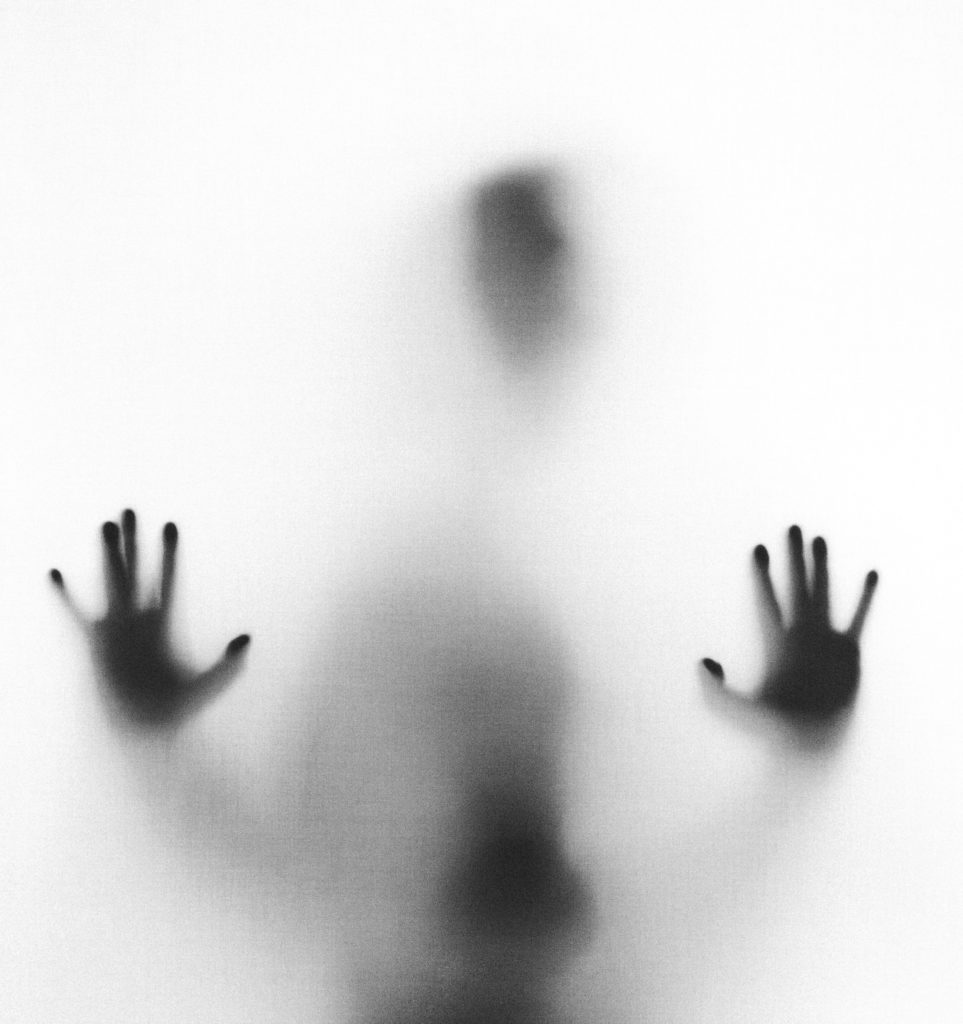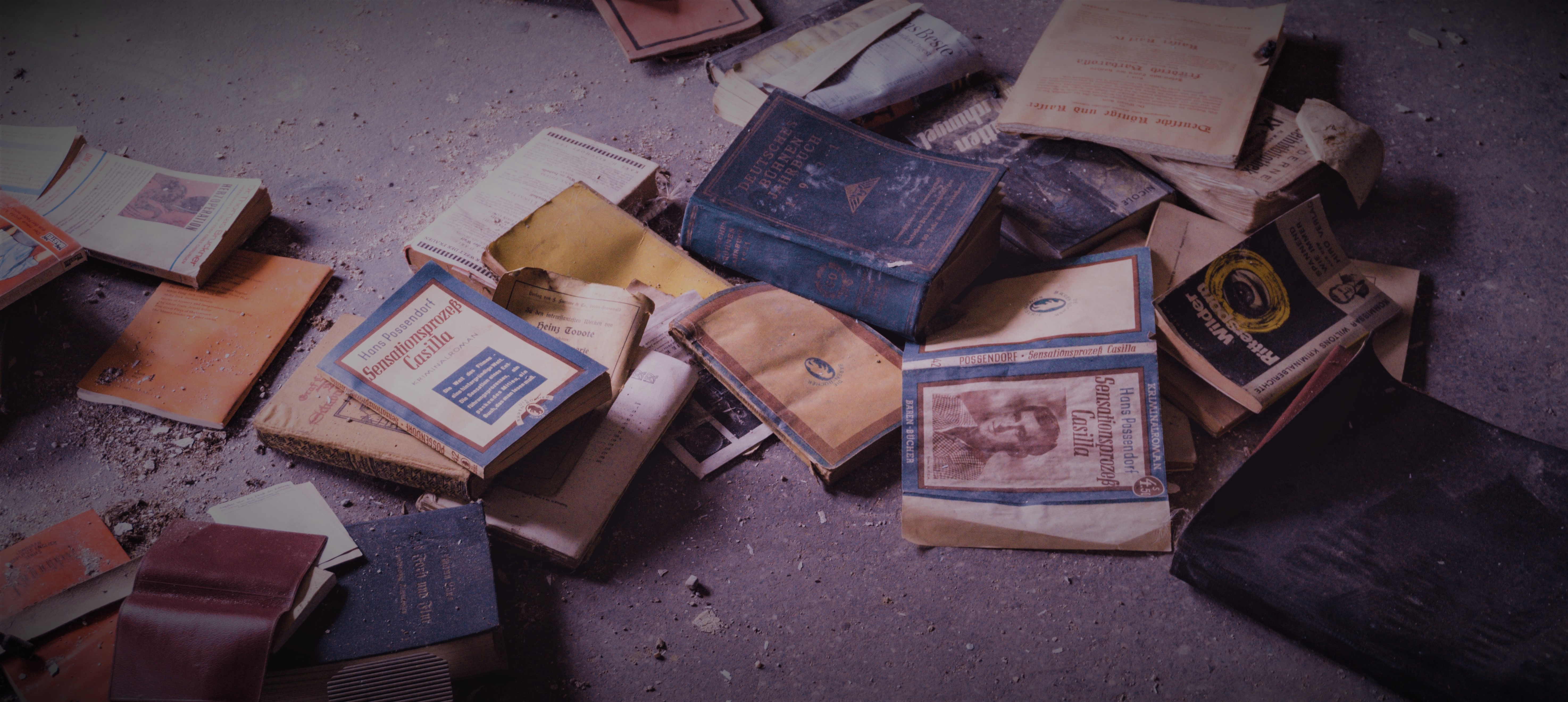For many years, acquisition editors in New York have justified their rejections of true-crime manuscripts by saying, “Sorry, but true crime is on life support”—mostly as a way of letting authors down easy.
It’s true that the true-crime genre has been in a coma several times since Truman Capote’s “In Cold Blood” inspired the modern era of factual crime-writing. However, it has always miraculously gasped back to life at the perfect moment, just like Hollywood.
There has always been star storyteller who breathes new life into the ailing post-Capote genre (roughly in order)—Vincent Bugliosi, Joe McGinniss, Jack Olsen, Ann Rule. For the moment, true crime is without a monarch, but that’s less a consequence of the genre’s alleged decline than of the proliferation of podcasts, cable networks, books, and authors who are carving up the pie into ever smaller slices.

And the Internet has given a voice to bloggers and podcasters whom you’ve never heard of, at sites you’ve never heard of, interviewing authors you’ve never heard of, about contrarian subjects that you’ll probably never read unless you’ve got “true crime” in your Google alerts (which, if true for the kinds of numbers these sites hope, would prove true crime’s obituary to be premature.)
But New York magazine isn’t unheard of. And this morning, it features an online article by reporter Katie Heaney, “Is True Crime Over?”
As is common in today’s journalism, there’s more than a whiff of bias. “I have felt for a while now that the modern true-crime craze has passed its prime,” Heaney writes. “As for the most recent murder media wave … I, at least, am over it. … how many times can the Ted Bundy story possibly be told?”
I have agreed about Bundy (and Manson, the Ripper, and OJ Simpson) in these pages. I’m over those, too.
But that’s not the whole of true crime. Readers of the quite vibrant “Killers of the Flower Moon,” “Midnight in the Garden of Good and Evil,” “Missoula,” “The Last Stone,” and “Devil in the White City” might understand.
But today, podcasts like Serial and My Favorite Murder, plus burgeon cable channels like Investigation Discovery, have herded the genre into the ether, away from bookshelves.
“I think our access to so many sources of information is part of what’s fueling the true-crime craze now. If you think back to the ’90s, if you wanted to read about Jeffrey Dahmer, you’d watch a made-for-TV movie, maybe you’d watch Inside Edition, you could read a lurid paperback,” Rachel Monroe, author of Savage Appetites: Four True Stories of Women, Crime, and Obsession, told Heaney. “But it was hard to get anything outside those official channels. Now people have access to the internet and all sorts of documents and Facebook pages. Google can take whole evenings away from you.”
Monroe points out that “what was once a subject we could pretend was esoteric now accounts for 50 percent of the top-ten podcasts on iTunes.”
Then there’s the inexplicable fascination of true crime among women, what Monroe calls the “sisterhood of darkness.”
“There’s plenty of anecdotal evidence that for over a century, people have been fretting about the fact that, say, there were a ton of women attending Lizzie Borden’s trial,” she said. “Ayn Rand had an obsession with a famous murder in the early 20th century, and when she was writing about his trial, she wrote really dismissively about all the women who were soaking up the sensation. That’s a persistent theme … It’s unclear to me whether that was because there was a preponderance of women there, or it was just the fact that any women were interested in these macabre stories [that upset people].”
But is true crime dead, or at least bleeding to death on the sidewalk?
“As critical as I can be of the true-crime genre, I think there are a lot of smart people dissecting things and questioning stories that were told previously,” Monroe said. “There are people producing really smart, interesting, subversive, critical work within it.
“But crime is always going to be interesting to people.”
Edgar-nominated crime writer Ron Franscell is the author of bestselling The Darkest Night and Alice & Gerald: A Homicidal Love Story. Cover image by Markus Clemens; inset by Stephano Pollio.
